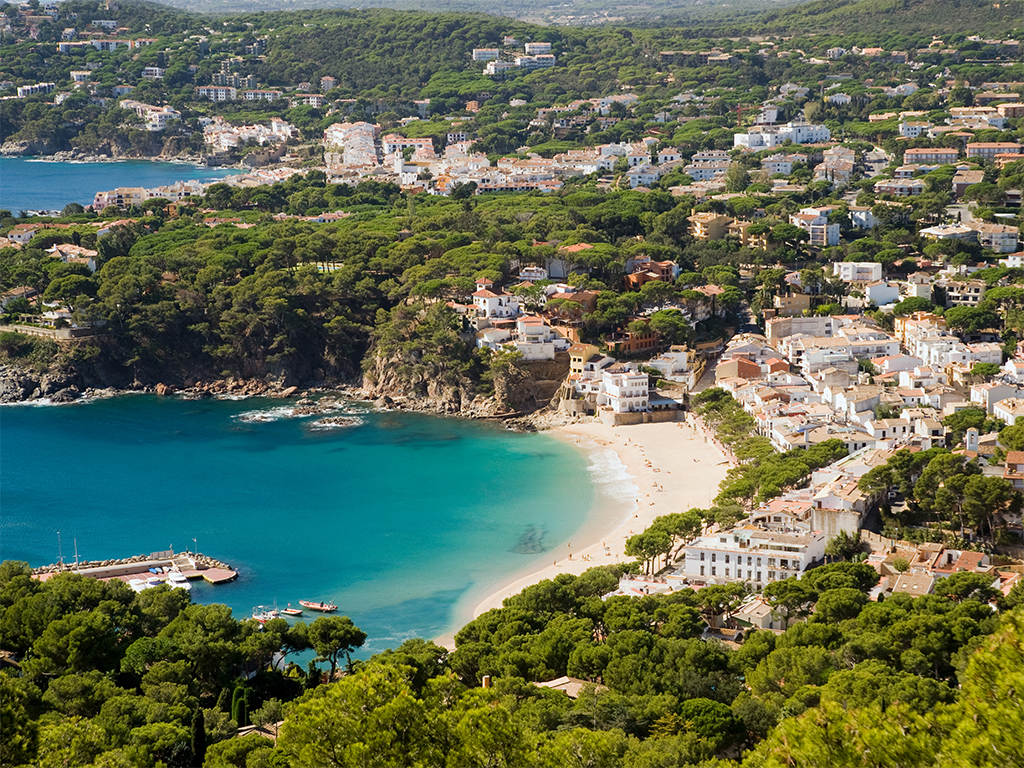Hundreds of thousands of tourists from around the world, including the UK, are heading to Spain for their summer holiday this year. Many will return intent on buying their own place there, especially when they see what great value Spanish property is, and – if you’re British – how favourable the exchange rate is at the moment.
However, before making any rushed decisions, it’s worth stepping back and thinking about your purchase with your head as much as your heart. Since Spain is an extremely varied country, with wonderful beaches, mountains and countryside, it offers all types of property from seaside villas to wooden alpine chalets, town centre apartments to stone country houses. Property-buyers have plenty of choice. The question is, which is the right property for you?
Perils of the sea
Most British people head straight to areas close to the beaches. The lure of sun, sea and sand is very strong, but properties near the sea are generally more expensive than those inland and, perhaps just at 20 minutes’ drive away from the coast, you will find houses or apartments that are much better value and have more outside space. These will either be in a small village or town or on an urbanisation, built to cater for locals and foreigners alike. Seaside complexes or urbanisations carry community charges, as do apartment blocks, so you should look into the terms and costs of these charges carefully before you commit to buying a property.
[P]roperties near the sea are generally more expensive than those inland
All along the coast you will find villas of different styles and sizes. In some areas of Spain, properties with a sea view are still expensive, despite the fall in property prices. Apartments that are closed for up to five months of the year are aired and thrown open to the wind and the sun most weekends around Easter time, and are fully occupied as summer approaches. These properties are often let out to tourists to help pay the maintenance costs or mortgage. However, you should be aware that owners are now required to apply for a licence to let their property and these are not always approved. Get your lawyer to check with the local town hall what their policy is towards letting to tourists.
If you are retired and buying a Spanish property, you should think about what facilities you want close by. It’s all very well buying a villa on a cliff with a wonderful view, but it is likely that such a property will have numerous steps and will be some distance from the nearest shop, so you will have to get the car out every time you need something. The same applies to holiday apartments in small coastal bays, where most shops close for the winter months. The larger coastal resorts stay open 12 months of the year.
More resources
Not everyone, though, is seeking a beachcomber’s life. Many are attracted to the pretty inland towns and villages, surrounded by vineyards and steeped in history. Again, there are urbanisations in the country areas, but also typical village houses. Village properties are cheaper than in the big towns – unless it is especially popular with expats – but they will most likely need some, if not total, renovation, and the running and maintenance costs may be quite high.
It’s not uncommon for older expats who have villas or apartments right on the coast to sell and move into their nearest town to be closer to the amenities they need, not to mention the bars (no more taxis home). These Spanish properties are now being bought by younger Brits and Europeans, ready and able to take on a second home away. In fact, statistics show a definite shift towards properties very close to shops and markets, where there are good communications to the rest of Europe and the UK.
Finally, let’s not forget the mountainous regions of Spain, some of which offer skiing and winter sports, or hiking and other outdoor pursuits in the summer months. The mountain ranges of the Pyrenees, the Cordillera Cantabrica, Sistema Central, Sierra Morena, and the Cordillera Subbetica all offer attractive properties, many with an income. Homes in the better-known and smarter resorts are inevitably more expensive, but there are numerous little towns and villages offering good value for money.
Spain has a wonderful choice of locations and property types, so you should be able to find the home that’s just right for you and your family. It’s just a question of writing down what you need, how close you want to be to a town or shops, whether you want to drive or not, and how much the overheads will be. Happy house hunting!
Richard Way is the Editor of The Overseas Guides Company, 0207 898 0549.





